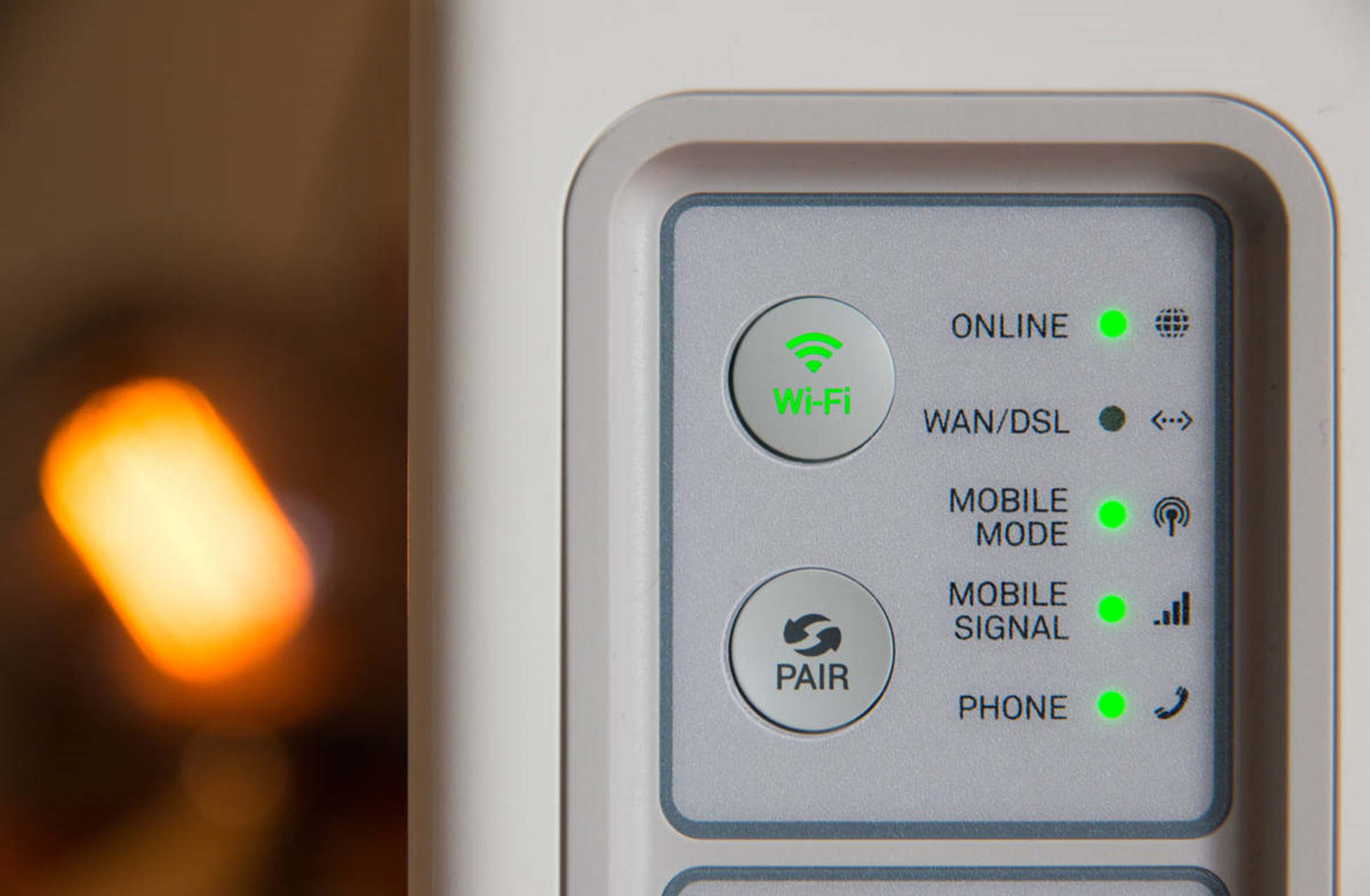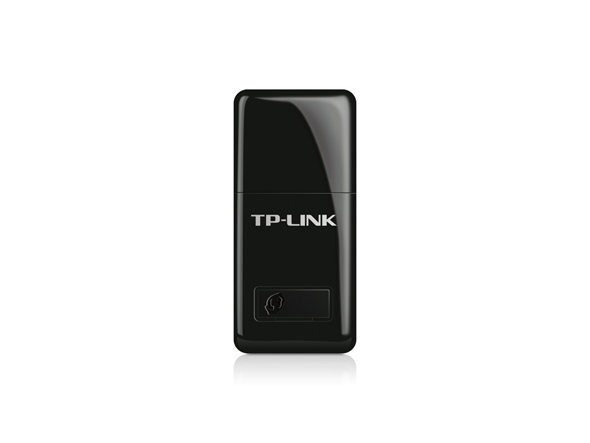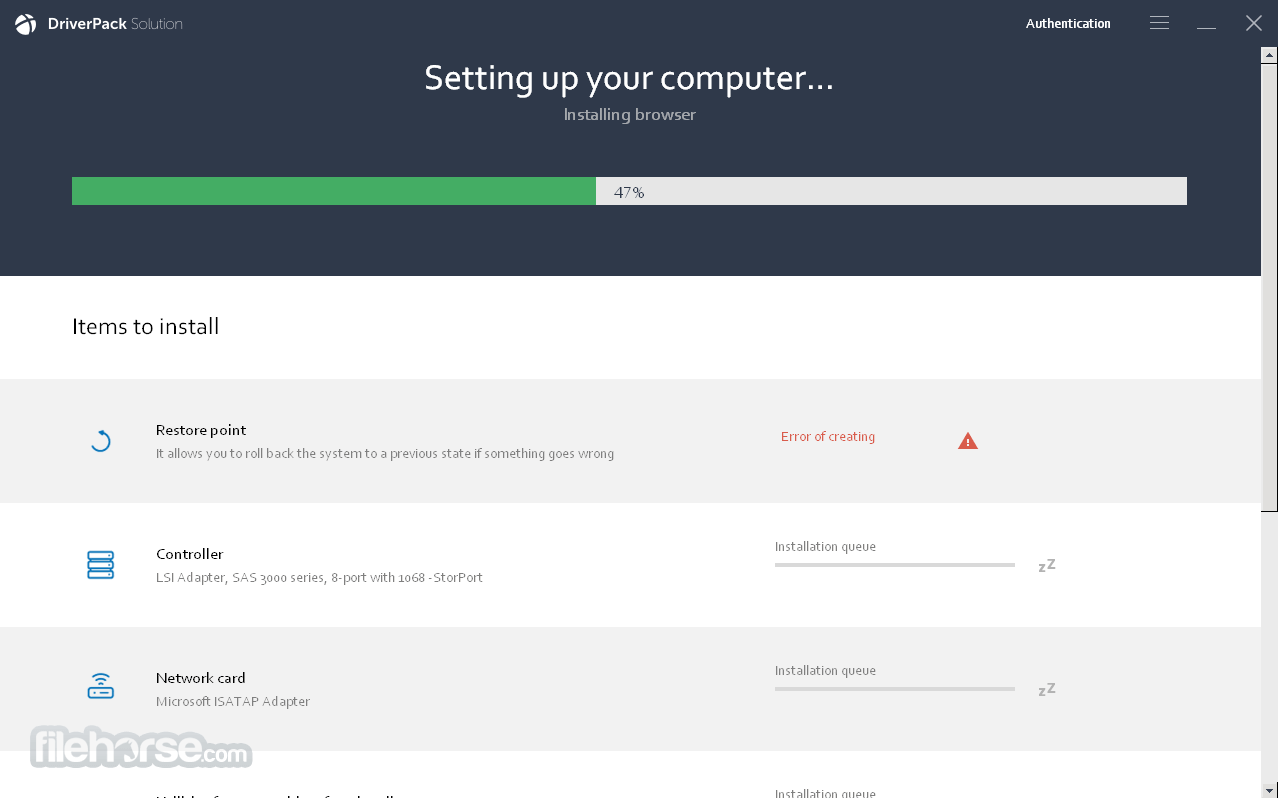Download Mobile Network & Wireless Cards Driver
Introduction
In addition to Wi-Fi connectivity, the Fire phone, Fire HDX 8.9 (4th Generation), Kindle Fire HDX 8.9' (3rd Generation), Kindle Fire HDX 7' (3rd Generation), and the Kindle Fire HD 8.9' 4G (2nd Generation) tablet can connect to mobile networks if the user has a mobile network plan. By default, these devices connect to Wi-Fi. However, if a Wi-Fi connection is not available and the user has a mobile network plan, the devices connect to the mobile network. For Fire phone and Fire tablets (3rd and 4th Generation), the user must purchase a plan from a carrier. The Kindle Fire HD 8.9' 4G (2nd Generation) tablet includes a bundled mobile network plan.
2G tech is the oldest mobile tech that we have, and some operators are beginning to close their 2G networks. Three, for example, no longer has a 2G network, so phones on Three will use only 3G or 4G networks. 5G will be the next generation of mobile tech, and it promises far faster download speeds than even 4G. All you need to do is download the mobile apps to your phone, sign in to your ConnectNetwork account, and start managing your services. ConnectNetwork Mobile App The ConnectNetwork Mobile App provides quick access to our most popular deposit and messaging services.
Some plans have limits on the amount of data that can be transferred per month, or in some cases, over a three month period. When the users reach the data limit, they may incur overage charges or the connection may shut down.
But if “Mobile Network Not Available” still popping up on your screen, this is the best and fastest method to fix the problem. Before you reset your smartphone, it is suggested to take a backup of your important files as the data stored in the phone’s memory will be wiped out. Download Now Provided. Dependence on smartphones and always-connected computers—the constraints of 4G LTE technology are prompting mobile network operators to embark on an accelerated.
Data transfers also consume power. Using the cellular network to download or upload content requires more power than doing the same transfer over Wi-Fi. Minimize network traffic to conserve power. For example, if your app downloads content, have the app perform its downloads in the background. You can also batch up your network transmissions to minimize power. Your app consumes less power by transmitting all of its data over a short period of time than by transmitting smaller amounts of data intermittently over a long period of time.
To help users remain within their data plan limits and conserve power, observe the following considerations.
Check for a Mobile Network Connection
Before your app transfers files or data, check whether the device is connected to a mobile network. In the following code, if isWIFIConnected is true, the device is connected to Wi-Fi. If isWANConnected is true, the device is connected to the mobile network.

If the device is connected to Wi-Fi, you don't need to limit data transfers. However, if the device is connected to the mobile network, it should avoid large data transfers without giving the user the choice whether to proceed.
Streaming Media
Streaming media can rapidly consume the user's data allowance. If your app uses streaming media, alert the user before initiating the connection. For consistency, include these features in your alert:
The following text.
It is recommended that you connect to a Wi-Fi network when streaming media, to avoid excessive data use. Do you want to stream over your mobile network connection?
Buttons that give the user the option of canceling or continuing.
If the user chooses to continue, consider using lower resolution and streaming smaller files to conserve the user's transfer quota.
Background Transfers
Avoid silently transferring data when the device is connected to the mobile network. Instead, batch data and transfer it when the device is connected to a Wi-Fi network. If this is not possible, consider alerting the user and giving the option of continuing the transfer or of waiting for a Wi-Fi connection.

Lack of Connectivity
Because the mobile network connection may shut down when the data limit is reached, your app must deal with the lack of connectivity gracefully. Alert the user when it is not possible to transfer data.
Tablets with Bundled Plans
The Kindle Fire HD 8.9' 4G (2nd Generation) tablet includes a bundled mobile network plan. This plan has a monthly quota of 250 MB of transferred data and a limit of 50 MB for any single data transfer.
Because of the single-transfer limit, your app should never attempt to download a file larger than 50 MB over the mobile network. A transfer larger than 50 MB will fail. Your app should instead display an alert. For consistency with other Fire apps, implement an alert with these features:
The following text, with logic that chooses 'download' or 'upload' as appropriate.
This item is over 50MB and cannot be downloaded over your Mobile Network connection. Please connect to a Wi-Fi network to download it.This item is over 50MB and cannot be uploaded over your mobile network connection. Please connect to a Wi-Fi network to upload it.- A button to dismiss the alert and cancel the transfer.
- A button for connecting to a Wi-Fi network, if one is available.
You can use the following code to initiate a Wi-Fi connection.
startActivity(new Intent(Settings.ACTION_WIRELESS_SETTINGS));
For transfers smaller than 50 MB that use a significant portion of the user's monthly quota, your app should alert the user and offer the option of connecting to Wi-Fi or continuing over the mobile network. A good threshold is a transfer of 5 MB or greater.
Last updated: Oct 29, 2020

INTRODUCTION
Microsoft Windows Mobile Device Center replaces ActiveSync for Windows Vista.
Windows Mobile Device Center offers device management and data synchronization between a Windows Mobile-based device and a computer.
For Windows XP or earlier operating systems, you must use Microsoft ActiveSync.
More Information
Download and install Windows Mobile Device Center 6.1 if you run Windows Vista on your computer and you want to sync content between your mobile phone and your computer. Windows Mobile Device Center is compatible only with Windows Vista.
Note If you run Windows XP or an earlier version of Windows, you have to download Microsoft ActiveSync.You can use Windows Mobile Device Center 6.1 only with phones that run Windows Mobile 2003 or a later version. ActiveSync and Windows Mobile Device Center do not work with Windows Embedded CE 4.2 or 5.0, Pocket PC 2002, or Smartphone 2002 devices.
To determine which Windows Mobile operating system you’re using if your phone doesn’t have a touch screen, click Start, click Settings, and then click About.
If your phone has a touch screen, tap Start, tap the System tab, and then tap About. To sync content to any of these devices, you must use a USB or serial cable, your computer’s Internet connection, and File Explorer.
Download Windows Mobile Device Center 6.1
To determine whether your version of Windows Vista is 32-bit or 64-bit, click Start, right-click Computer, and then click Properties. The version is listed after System Type.
32-bit version download
http://www.microsoft.com/download/details.aspx?FamilyId=46F72DF1-E46A-4A5F-A791-09F07AAA1914&displaylang=en64-bit version download
http://www.microsoft.com/download/details.aspx?FamilyId=4F68EB56-7825-43B2-AC89-2030ED98ED95&displaylang=en
Windows Mobile Device Center includes the following features:
Streamlined setup
Windows Mobile Device Center has a new, simplified partnership wizard and has improved partnership management.Robust synchronization
Photo management
The photo management feature helps you detect new photos on a Windows Mobile-based device. Then, this feature helps you tag the photos and import the photos to the Windows Vista Photo Gallery.Media synchronization
You can use Microsoft Windows Media Player to synchronize music files and to shuffle music files on a Windows Mobile-based device.File browsing
A new device browsing experience lets you quickly browse files and folders. Additionally, you can open documents that are on a Windows Mobile-based device directly from a computer.Note You must use Microsoft Outlook 2002, Outlook 2003, or Office Outlook 2007 to sync your email, contacts, tasks, and notes from your computer.
Enhanced user interface
Windows Mobile Device Center has a simple user interface that helps you quickly access important tasks and configure a Windows Mobile-based device.
For more information, go to the following Microsoft websites:Windows Mobile Device Center
http://www.microsoft.com/windowsmobile/devicecenter.mspx
Windows Mobile Device Center troubleshooting guide
http://www.microsoft.com/windowsmobile/devicecenter/troubleshooting.mspx
Frequently asked questions
Q1: How do I start Windows Mobile Device Manager?
A1: First, make sure that your device is connected to the computer. A splash screen will be displayed when Windows Mobile Device Center detects your phone and starts. You must use a USB cable to connect your phone to your computer the first time that you use Windows Mobile Device Center to sync.
Q2: Can I install Windows Mobile Device Manager on Windows XP?
A2: No, you have to use ActiveSync with Windows XP or earlier Windows operating systems.
Q3: How do I sync my Windows Mobile phone with Windows Device Manager on Windows Vista?
A3: Follow these steps to set your phone's sync settings your phone with Windows Vista:

Plug your device into your computer by using the USB cable or cradle. The Windows Mobile Device Center Home screen appears on your computer.
On your computer, click Mobile Device Settings.
Click Change content sync settings.
Select the check box next to each information type that you want to synchronize, and then click Next.
To synchronize with an Exchange Server, enter server information that was provided by a network administrator, and then click Next. Otherwise, click Skip.
Enter the Device name, and then clear the check box if you do not want a shortcut for WMDC created on your desktop.
Q4: Does Windows Mobile Device Manager work with phones that don’t run Windows Mobile?
A4: No.
Troubleshooting tips
Device will not connect
The driver installation may not have completed successfully. If you think this may be the case, follow these steps:
Keep your Mobile device connected to the computer.
From the desktop, click Start, and then type devmgmt.msc in the Search programs and files box.
In the Device Manager window, look under the Network adapters node for Microsoft Windows Mobile Remote Adapter. If this is not present, go to step 5. Otherwise, right-click Microsoft Windows Mobile Remote Adapter, and then select Uninstall.
Look under the Mobile Devices node for Microsoft USB Sync. If this is not present, go to step 6. Otherwise, right-click Microsoft USB Sync, and select Uninstall.
Disconnect and then reconnect your device. Your device driver will be reinstalled, and Windows Mobile Device Center will be launched.
For more information about connectivity-related problems, see the ActiveSync USB connection troubleshooting guide.
Device is disconnected when syncing large files
Download Mobile Network & Wireless Cards Drivers
If you have problems syncing music, pictures, or other large files in which the connection suddenly closes, there may be an issue with a serial driver that is installed on the device. Unless you are using a VPN server or a firewall that is blocking your large files from synchronization, you may try switching your device into RNDIS mode to fix your large file sync problem. If your device has a 'USB to PC' option, you might use this workaround:
Download Mobile Network & Wireless Cards Drivers
On the device, go to Settings and then Connections. Look for a USB to PC option.
To enable RNDIS USB, select the Enable advanced network functionality check box in the USB to PC options, and then tap OK.
Note If this option is already selected, do not clear this selection or this workaround will not work.
'Warm-boot' the device. To do this, hold down the power button and then press the reset button, or remove the battery.
Turn on the device.
When the device is restarted, dock the device and try again.
Note RNDIS takes a little while to connect. Please be patient and wait for the device to connect.
If, after you follow the previous steps, you cannot connect at all, just switch back to serial USB to sync.
References
Visit our Windows Phone Forums for more helpful hints and ideas.
To Download ActiveSync version 4.5 for Windows XP or earlier versions of the operating systems, go to the following Microsoft website: http://www.microsoft.com/windowsmobile/en-us/downloads/microsoft/activesync-download.mspx
To Download Windows Mobile Device Center 6.1 for Windows Vista, go to the following Microsoft website: http://www.microsoft.com/windowsmobile/en-us/downloads/microsoft/device-center-download.mspx
For more information about how to sync your phone and computer, go to the Microsoft Windows Mobile forum for Activesync and Windows Mobile Device Center: http://social.microsoft.com/forums/en-US/windowsmobileactivesync/threads/
For more information about Windows phones, go to the following Microsoft website: http://www.microsoft.com/windowsmobile/en-us/default.mspx
